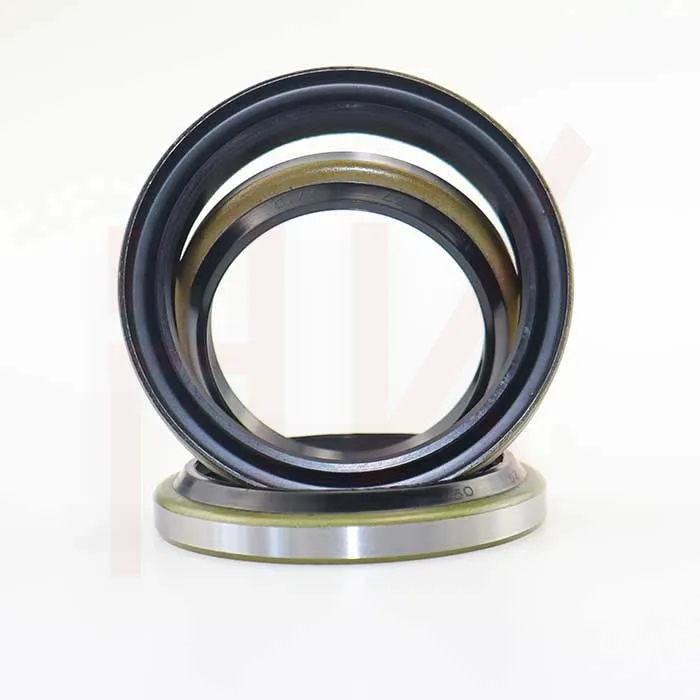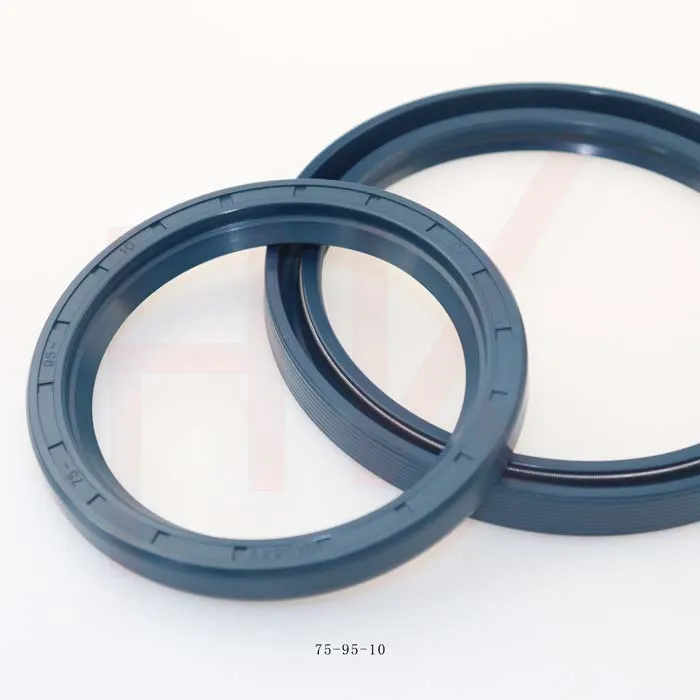Feb . 15, 2025 11:51 Back to list
axle hub seal


Selecting the right axle hub seal requires a careful assessment of specific vehicle needs and application conditions. Key factors to consider include the seal material, temperature range, and compatibility with the vehicle make and model. For instance, seals constructed from nitrile or silicone rubber offer good resistance to high temperatures and are suitable for most passenger vehicles. However, for heavy-duty or performance vehicles, seals made from fluoropolymer elastomers may provide better resilience against extreme conditions. Leveraging the expertise of a trusted supplier is critical when sourcing axle hub seals. Reputable manufacturers provide detailed specifications and datasheets, ensuring that the chosen product meets the necessary standards for performance and durability. Furthermore, seeking recommendations from industry professionals or consulting online automotive forums can provide valuable insights into the suitability of certain products for specific applications. In conclusion, axle hub seals, while often overlooked, are essential components of vehicle maintenance. Their role in protecting wheel bearings and maintaining lubrication cannot be overstated. By understanding the various types, performing regular maintenance, and selecting the appropriate seals, vehicle owners can significantly enhance the performance and lifespan of their wheel assemblies. This knowledge not only empowers enthusiasts and professionals alike but also fosters a deeper appreciation for the meticulous engineering that underpins modern automotive systems. Investing in quality axle hub seals is an investment in the long-term health and efficiency of one's vehicle, underscoring the importance of informed decision-making in automotive care.
-
TCN Oil Seal Metal Ring Reinforcement for Heavy Machinery
NewsJul.25,2025
-
Rotary Lip Seal Spring-Loaded Design for High-Speed Applications
NewsJul.25,2025
-
Hydraulic Cylinder Seals Polyurethane Material for High-Impact Jobs
NewsJul.25,2025
-
High Pressure Oil Seal Polyurethane Coating Wear Resistance
NewsJul.25,2025
-
Dust Proof Seal Double Lip Design for Construction Equipment
NewsJul.25,2025
-
Hub Seal Polyurethane Wear Resistance in Agricultural Vehicles
NewsJul.25,2025
-
The Trans-formative Journey of Wheel Hub Oil Seals
NewsJun.06,2025
Products categories
















